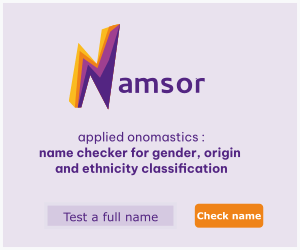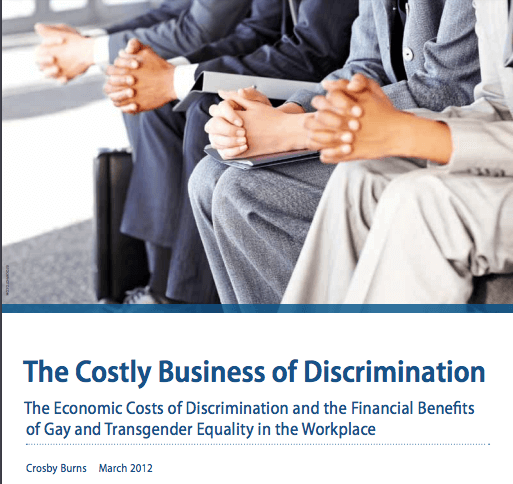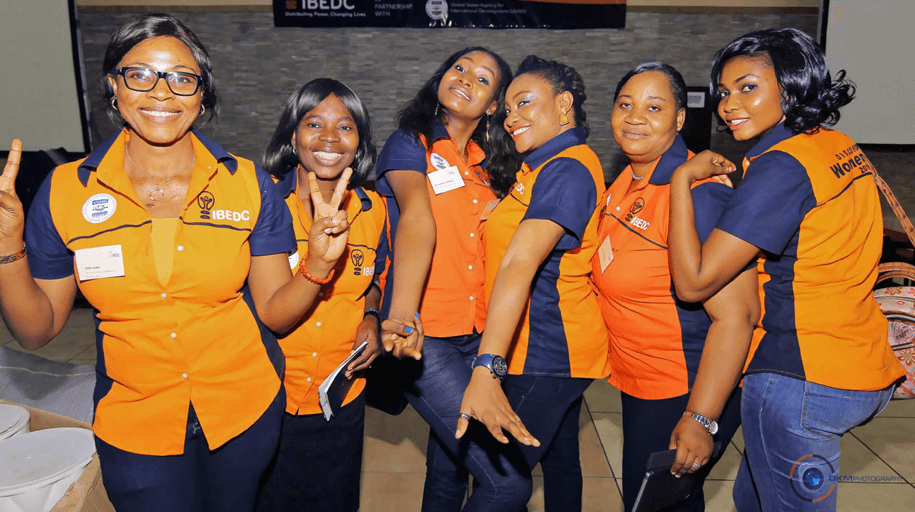Sexual and/or gender minority health-care workers are subject to the heteronormativity and cisnormativity of society and often face open discrimination. Empowering these individuals to bring their full, authentic selves to work so that they can serve their patients and institutions with the totality of their strengths requires institutes and cisgender or straight allies to support LGBTQ+ communities by creating a culture of inclusivity and enacting progressive policies.
Stop Telling Women They Have Imposter Syndrome
“Imposter syndrome,” or doubting your abilities and feeling like a fraud at work, is a diagnosis often given to women. But the fact that it’s considered a diagnosis at all is problematic. The concept, whose development in the ‘70s excluded the effects of systemic racism, classism, xenophobia, and other biases, took a fairly universal feeling of discomfort, second-guessing, and mild anxiety in the workplace and pathologized it, especially for women. The answer to overcoming imposter syndrome is not to fix individuals, but to create an environment that fosters a number of different leadership styles and where diversity of racial, ethnic, and gender identities is viewed as just as professional as the current model.
Women in Hospitality, Travel, and Leisure 2020 WiH2020 Review
In 2017 a group of leaders and opinion formers across hospitality, travel and leisure decided to take action to accelerate progress towards an inclusive culture within our industry and seize the opportunity to come together as an industry to amplify the
impact of individual initiatives. We want as many companies as possible to sign up to The Diversity in Hospitality, Travel and Leisure Charter and actively contribute to making a difference in this area.
Gender Inequalities in Construction Sector
Despite of a huge range of equality initiative and legislation, the construction sector is one of the vast male
dominated industries. Women were under-represented in all construction profession and occupation. Current literature
explains the challenges and problems faced by woman who work in construction sector including structural barriers and
cultural barriers, such as and discrimination and harassment, limited working opportunities and longer inconvenient
working hours which results in high levels of stress for women and poor career prospects. The results problemize current
policy recommendations that female have several skills that can be bring to this industry (such as co-operation). These
policies strengthen the gendered characters of the construction industry’s fail and habitus to recognize how the
underlying practices and structures of the sector reproduce gendered practices.
Young women are out-earning young men in several U.S. cities
Women in the United States continue to earn less than men, on average. Among full-time, year-round workers in 2019, women’s median annual earnings were 82% those of men.
The gender wage gap is narrower among younger workers nationally, and the gap varies across geographical areas. In fact, in 22 of 250 U.S. metropolitan areas, women under the age of 30 earn the same amount as or more than their male counterparts, according to a new Pew Research Center analysis of Census Bureau data.
Namsor: name checker for gender, origin, and ethnicity classification
Namsor the helpful tool that helps navigate name identification.
Better Together: A Model for Women and LGBTQ Equality in the Workplace
Much has been achieved in terms of human rights for women and people of the lesbian, gay, bisexual, transsexual, and queer (LGBTQ) community. However, human resources management (HRM) initiatives for gender equality in the workplace focus almost exclusively on white, heterosexual, cisgender women, leaving the problems of other gender, and social minorities out of the analysis. This article develops an integrative model of gender equality in the workplace for HRM academics and practitioners. First, it analyzes relevant antecedents and consequences of gender-based discrimination and harassment (GBDH) in the workplace. Second, it incorporates the feminist, queer, and intersectional perspectives in the analysis. Third, it integrates literature findings about women and the LGBTQ at work, making the case for an inclusive HRM. The authors underscore the importance of industry-university collaboration and offer a starters’ toolkit that includes suggestions for diagnosis, intervention, and applied research on GBDH. Finally, avenues for future research are identified to explore gendered practices that hinder the career development of women and the LGBTQ in the workplace.










